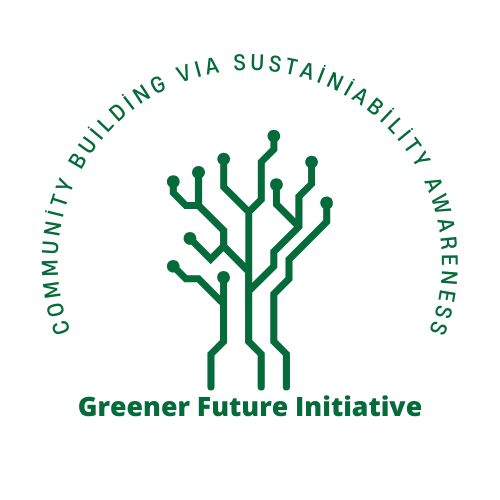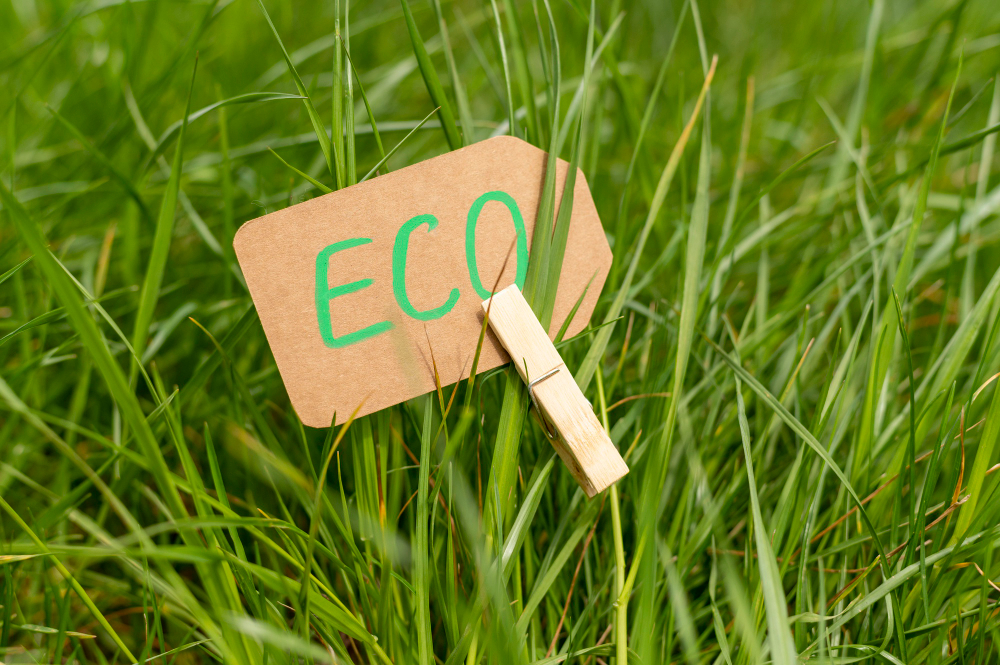Greenwashing vs. genuine sustainability – have you wondered how to spot any differences? Then this article is for you.
From big corporations to small businesses, everyone seems to have a “green” plan. But how can you tell the difference between genuine sustainability efforts and greenwashing? Understanding this distinction is crucial for making informed choices that truly benefit the environment.
In this article, we’ll explore what greenwashing is, how to spot it, and examples of companies that are authentically committed to sustainability. By the end, you’ll know how to support brands that walk the talk.
What is Greenwashing?
Greenwashing is when companies make misleading claims about their environmental practices. They market themselves as eco-friendly without making meaningful efforts to reduce their environmental impact. It’s like putting a “green” label on a product to make it more appealing, even if it isn’t sustainable.
Greenwashing misleads consumers who want to make ethical choices. It also diverts attention from real sustainability efforts. Some examples include vague claims like “100% natural” or using green-colored packaging to imply eco-friendliness.
Why Does Greenwashing Happen?
Greenwashing happens because businesses know consumers care about sustainability. According to surveys, many people prefer brands that are environmentally conscious. Companies exploit this by exaggerating their green efforts to gain customer trust and loyalty.
Unfortunately, greenwashing can be harmful. It undermines genuine sustainability initiatives and erodes consumer trust. It also prevents people from supporting companies that make a real difference.
How to Spot Greenwashing
Identifying greenwashing can be tricky, but it’s not impossible. Here are some red flags to watch for:
1. Vague Claims Without Proof
If a company says its products are “eco-friendly” or “sustainable” but doesn’t provide specifics, that’s a warning sign. Genuine companies back up their claims with data, certifications, or detailed explanations.
2. Focus on One Green Aspect
Some companies highlight a single eco-friendly feature while ignoring their overall environmental impact. For example, a company might boast about recyclable packaging but ignore the carbon footprint of its production process.
3. Overuse of Green Imagery
Be cautious of products that use excessive green visuals, leaves, or earth symbols to appear environmentally friendly. These design choices can sometimes distract from a lack of real sustainability efforts.
4. Third-Party Certifications
Check for reliable certifications like Fair Trade, USDA Organic, or Energy Star. If a company claims sustainability without credible endorsements, it could be greenwashing.
5. Unrealistic Claims
Beware of claims that sound too good to be true, like “carbon-neutral production” without further explanation. Real sustainability efforts take time and are often complex.
6. Distracting Campaigns
Companies engaging in greenwashing often run flashy marketing campaigns to overshadow their actual environmental impact. For example, they might focus on donating to green causes while ignoring harmful business practices.
The Impact of Greenwashing
Greenwashing doesn’t just deceive consumers—it also has broader implications:
- Erodes Trust: When people realize they’ve been misled, they lose trust in all sustainability claims.
- Hinders Progress: Resources spent on greenwashing could be used for genuine sustainability efforts.
- Harms the Environment: Misleading claims can lead to poor consumer choices that don’t benefit the planet.
Genuine Sustainability: What It Looks Like
Now that you know how to spot greenwashing, let’s talk about what genuine sustainability looks like. Real efforts are transparent, measurable, and ongoing. Here are some examples:
1. Transparency
Authentic companies provide clear information about their practices. They disclose their carbon footprint, sourcing methods, and recycling programs. Transparency shows accountability and builds trust.
2. Science-Based Targets
Genuine brands set measurable goals to reduce their environmental impact. For example, they may aim to cut emissions by a specific percentage within a set timeframe.
3. Focus on Circular Economy
Sustainable companies embrace the circular economy. This means designing products that can be reused, repaired, or recycled. For instance, Patagonia’s repair program helps customers extend the life of their clothing.
4. Ethical Supply Chains
Authentic sustainability includes fair labor practices and responsible sourcing. Brands like Fairphone ensure their products are made ethically, from raw materials to final assembly.
5. Third-Party Verification
Reliable certifications validate a company’s claims. Look for endorsements from reputable organizations that audit and verify sustainability efforts.
6. Community Engagement
Real sustainability efforts often involve giving back to communities. For example, TOMS Shoes donates a portion of profits to social causes while maintaining environmentally friendly production methods.
Companies Making Authentic Efforts
Here are a few examples of companies leading the way in genuine sustainability:
1. Patagonia
Patagonia is a pioneer in sustainable business practices. They use recycled materials, offer repair services, and advocate for environmental causes. Their transparency and commitment set a gold standard.
2. Unilever
Unilever’s Sustainable Living Plan aims to halve the company’s environmental impact while improving livelihoods. Their commitment includes using renewable energy and reducing plastic waste.
3. IKEA
IKEA has committed to becoming a circular business by 2030. They aim to use only renewable and recycled materials in their products.
4. Seventh Generation
This company produces eco-friendly household products with a focus on transparency. They clearly disclose ingredients and advocate for environmental legislation.
5. Beyond Meat
By creating plant-based alternatives to meat, Beyond Meat helps reduce the environmental impact of food production. Their products use fewer resources and produce fewer emissions compared to traditional meat.
How You Can Support Genuine Sustainability
As a consumer, you have the power to drive change. Here’s how you can support authentic sustainability efforts:
1. Do Your Research
Look beyond marketing slogans and investigate a company’s sustainability claims. Check their website, reports, and third-party certifications.
2. Prioritize Transparency
Choose brands that openly share their environmental impact and goals. Transparency indicates accountability.
3. Support Certified Brands
Look for certifications from reputable organizations like Fair Trade, B Corp, or Cradle to Cradle. These endorsements validate sustainability claims.
4. Buy Less, Choose Better
Reduce your consumption and invest in durable, high-quality products. This reduces waste and supports sustainable practices.
5. Spread Awareness
Share information about greenwashing and genuine sustainability with others. Educating friends and family helps drive positive change.
Conclusion
The rise of greenwashing makes it harder to identify genuine sustainability efforts. But by staying informed and vigilant, you can make better choices. Look for transparency, certifications, and measurable actions when evaluating a company’s claims.
Supporting brands that prioritize real sustainability benefits the planet, people, and future generations.

